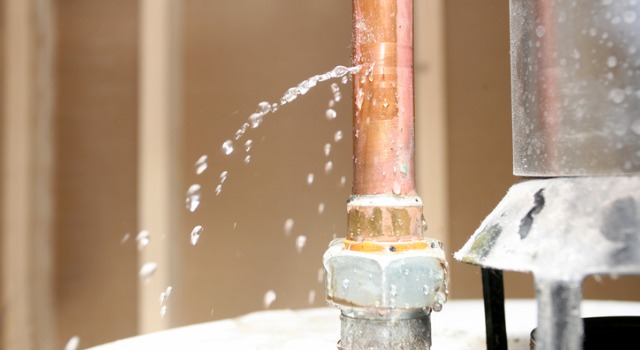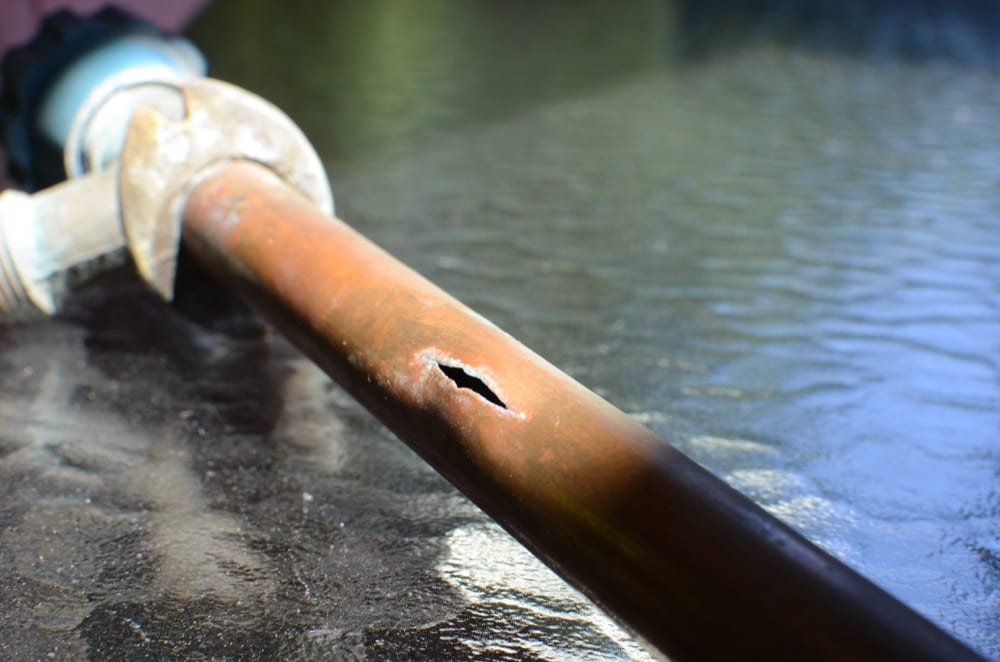Each person is bound to have their own conception when it comes to The Do’s And Don’ts When Water Floods Your Home.

What should you do if a pipes bursts in your home, producing a mini-waterfall as well as swamping a location of your residence? In this circumstance, you have to act quickly. The longer you wait, the extra extreme the water damages in your home. When an emergency like this takes place, clearheadedness is essential. For these reasons, you require to learn what to in case of a burst water pipe. Due to the fact that time is of the significance, inspect out the complying with ideas below to help you act fast.
Shut down the Key Waterline Valve
Look for the local shut-off shutoff to turn-off water in one particular location only. This will certainly cut off the water in your entire home. Usually, the major valve is located outside the house following to the water meter.
Call Water Damages Restoration Pros for Assistance
After shutting the water resource, call the pros for help. Due to the fact that they need to deal with the pipes and also address the problems to your property, this is not something you can conveniently DIY. Seek aid from a respectable firm providing 24/7 emergency solutions. With their expert assistance, you can minimize exacerbation due to the fact that water can seep via your things causing warped baseboards, loosened tiles, or damage framework. Don't take this issue gently and seek career guidance for total peace of mind.
Document the Damage For Insurance policy
As you are awaiting the pros to arrive, document the damages brought on by the errant pipe. Take photos as well as video clips of every little thing. Do closeup shots of valuables. These things will work as proof for your home owner's insurance. Staying positive with this enables you to sue for insurance coverage, which will certainly help you and your family return on your feet.
Salvage Things That Can Be Saved
Read the things and also take out the most vital ones from the pile as soon as you're done taking images. Dry them off and also attempt to maintain as high as you can. Drag them far from wetness so they can start to dry out.
Begin the Drying Process
Finally, while waiting for the pros, you can begin the drying procedure. Luckily, water from your waterlines are clean so you don't have to bother with drain water. Nevertheless, the streaming water may have disturbed the dirt and also particles in your rugs as well as floorboards. Be prepared with gloves as you use containers to dispose out the water. Then, remove as long as you can with old towels. You can also activate an electrical fan or open windows to advertise air flow. This will hasten drying out as well as deter mold and mildew as well as mildew development.
Experts are the only ones certified to fix the burs pipes as well as subsequent damages. And bear in mind, pipes do not just suddenly ruptured. You will usually see red flags like gurgling paint, strange sounds in the plumbing, mildewy odor, caving ceiling, peeling off wallpaper, or water stains. Take notice of these things, so you can nip any kind of issues in the bud.
What should you do if a water pipeline ruptureds in your home, developing a mini-waterfall and swamping an area of your house? For these factors, you need to discover what to in instance of a burst water pipeline. After shutting the water source, call the pros for aid. With their expert assistance, you can minimize exacerbation due to the fact that water can seep with your points resulting in warped baseboards, loosened floor tiles, or damage framework. The good news is, water from your waterlines are clean so you don't have to stress about drain water.
How to Handle a Burst Pipe and Minimize Damage
Steps to Take Ahead of Time
If you own property in an area that experiences cold weather, you need to be aware of seasonal maintenance tasks that will help you protect your property as the weather changes each year. One of the most important steps is to winterize your pipes to ensure they won't freeze or burst when the temperature drops. This includes action items like insulating any exposed pipes, detaching garden hoses and covering outdoor faucets. If the weather gets cold enough, you may even consider leaving a faucet dripping or opening cabinet doors during the coldest parts of the day.
No matter how prepared you might be, accidents and emergencies still happen. You'd be wise to set up a savings account specifically for your property so you have a "rainy day" fund set aside for unexpected expenses. All homes—regardless of age, location or condition—will inevitably need some form of emergency repair.
Steps to Take for Frozen Pipes
A frozen pipe will not necessarily burst, so if you can catch a frozen pipe early on, you could save yourself a major headache. When your area experiences frigid temperatures, be sure to check your plumbing and keep an eye out for warning signs like faucets only releasing small amounts of water or toilets not refilling when flushed. If you do run into one of these issues, you're likely dealing with a frozen pipe.
If this happens, your first step should be to cut off the water supply to that section of the plumbing. Expanding and freezing water can quickly cause damage. Even if the water supply is shut off, you will likely still deal with some leaking from the water that defrosts after the pipe has thawed. Be prepared with a mop, bucket and/or towels to quickly soak up any excess water.
In order to thaw a frozen pipe, you can use a space heater, infrared or incandescent heat lamp, or even a hairdryer to warm up the frozen area. Heat tape is also an option and should be used according to manufacturer instructions. Do not use any sort of open flame to thaw frozen pipes, as it poses a major fire hazard and can damage your pipes further.
Steps to Take for a Burst Pipe
Water damage claims are the second most common insurance claim in the U.S. When you're dealing with a frozen pipe, the water continues to expand as it freezes, which creates pressure that can cause a pipe to burst. When this happens, the crack or leak in the pipe allows water flow from the pipe to enter your home where it shouldn't. If a pipe does burst, you need to act quickly to mitigate property damage and repair cost.
Your very first step should be to shut off your main water supply to minimize flooding—typically the most expensive damage to address. Once you've shut off the water supply, make sure you identify the entire area that has been impacted by the leak. Remove as much water as possible—as quickly as possible—using a mop, sponges, towels or a shop vacuum or wet/dry vacuum. To prevent long-term damage due to moisture build-up, run a dehumidifier or fan in the affected area. Contact a licensed plumber to ensure the pipe is correctly repaired before running any water to that section of the home again. Burst pipes and the associated water damage are something you absolutely want to avoid as a property owner. If you've had to learn your lesson the hard way, don't let yourself get caught in a similar situation during the next spell of cold weather. The best way to deal with frozen or burst pipes is to prevent them in the first place—proactive winter maintenance will save you time, money and a whole lot of stress.

We were shown that article on Do’s And Don’ts For Homeowners Managing With Water Damage through someone on another blog. Sharing is good. One never knows, you may just be helping someone out. I value reading our article about Do’s And Don’ts For Homeowners Managing With Water Damage.